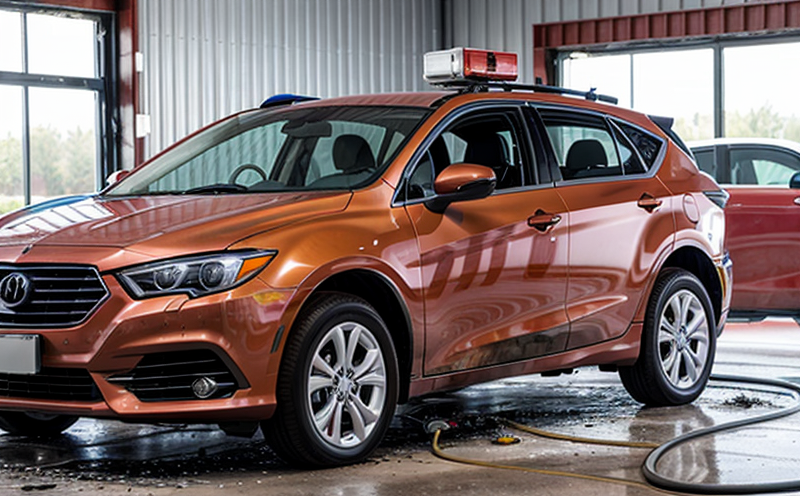Fire Behavior Testing of Plastic Interior Panels
In today’s automotive industry, where safety and compliance are paramount, ensuring that interior materials meet stringent fire safety standards is crucial. One critical aspect of this process involves the fire behavior testing of plastic interior panels. This testing not only ensures regulatory compliance but also enhances vehicle occupant safety by minimizing the risk of fire hazards.
The goal of fire behavior testing for plastic interior panels is to evaluate how these materials react to a flame source under controlled conditions, thereby assessing their resistance to ignition and their potential to spread flames. This type of testing is particularly important given that many modern automotive interiors incorporate plastics due to their lightweight properties, aesthetic appeal, and ease of manufacturing.
The process involves the use of specific apparatus designed to simulate real-world fire scenarios. Common methods include the vertical flame test (ASTM E617), horizontal burn test (ISO 5269-3), and tunnel tests such as FMVSS 302 or EN 458. These tests provide a comprehensive understanding of how different plastics behave in various configurations, which is essential for ensuring that the materials used are safe when exposed to flames.
During testing, specimens are cut according to specified dimensions and mounted on fixtures within the test chamber. The apparatus then applies a controlled flame source to one end of the specimen while monitoring its behavior. Key parameters measured include time to ignition, propagation rate, smoke production, heat release rate, and char depth. These metrics help determine whether the material meets industry standards such as UL 94, FMVSS 302, or EN 458.
The results of these tests are critical for several reasons. Firstly, they ensure that materials comply with international regulations aimed at preventing fire-related incidents in vehicles. Secondly, by identifying weak points early in the development process, manufacturers can improve product designs and reduce the likelihood of recalls or safety issues down the line. Lastly, these tests contribute to a broader effort within the automotive sector to enhance overall occupant safety.
It is important to note that the choice of plastic type significantly influences its fire performance characteristics. Polypropylene (PP), polyethylene terephthalate (PET), and acrylonitrile butadiene styrene (ABS) are just a few examples of plastics commonly used in automotive interiors. Each has unique properties regarding heat deflection, chemical resistance, and flame retardancy, making their fire behavior testing particularly nuanced.
In summary, the fire behavior testing of plastic interior panels is an indispensable component of ensuring that vehicles meet rigorous safety standards. By leveraging advanced instrumentation and carefully controlled test protocols, laboratories can provide accurate data that supports informed decision-making processes in material selection and design optimization.
Applied Standards
- ASTM E617-18: Vertical Flame Test for Plastics
- ISO 5269-3:1998: Determination of Burning Characteristics of Plastics—Part 3: Horizontal Flame Spread Test
- FMVSS 302: Flammability Standard for Motor Vehicles
- EN 458-1: Fire Retardancy and Related Properties of Textiles and Articles Used in or for the Protection of Humans—Part 1: Determination by Cone Test
- UL 94: Resistant to Ignition (Plastics)
Benefits
The benefits of fire behavior testing extend beyond mere compliance with regulations. For manufacturers, these tests offer valuable insights into the performance characteristics of their materials under realistic burning conditions. This knowledge allows for more informed decisions regarding material selection and design improvements.
From a safety perspective, meeting stringent fire safety standards can significantly reduce the risk of accidents caused by flammable interior components. Such adherence also enhances brand reputation and customer trust, contributing positively to market competitiveness. Additionally, early identification of non-compliant materials through testing ensures that issues are addressed promptly, preventing costly delays in production schedules or potential liability risks.
In terms of regulatory compliance, being able to demonstrate robust fire safety measures is increasingly becoming a key differentiator for automotive manufacturers seeking to operate within the global market. Meeting these standards not only avoids penalties but also opens doors to new markets where stringent regulations are enforced.





